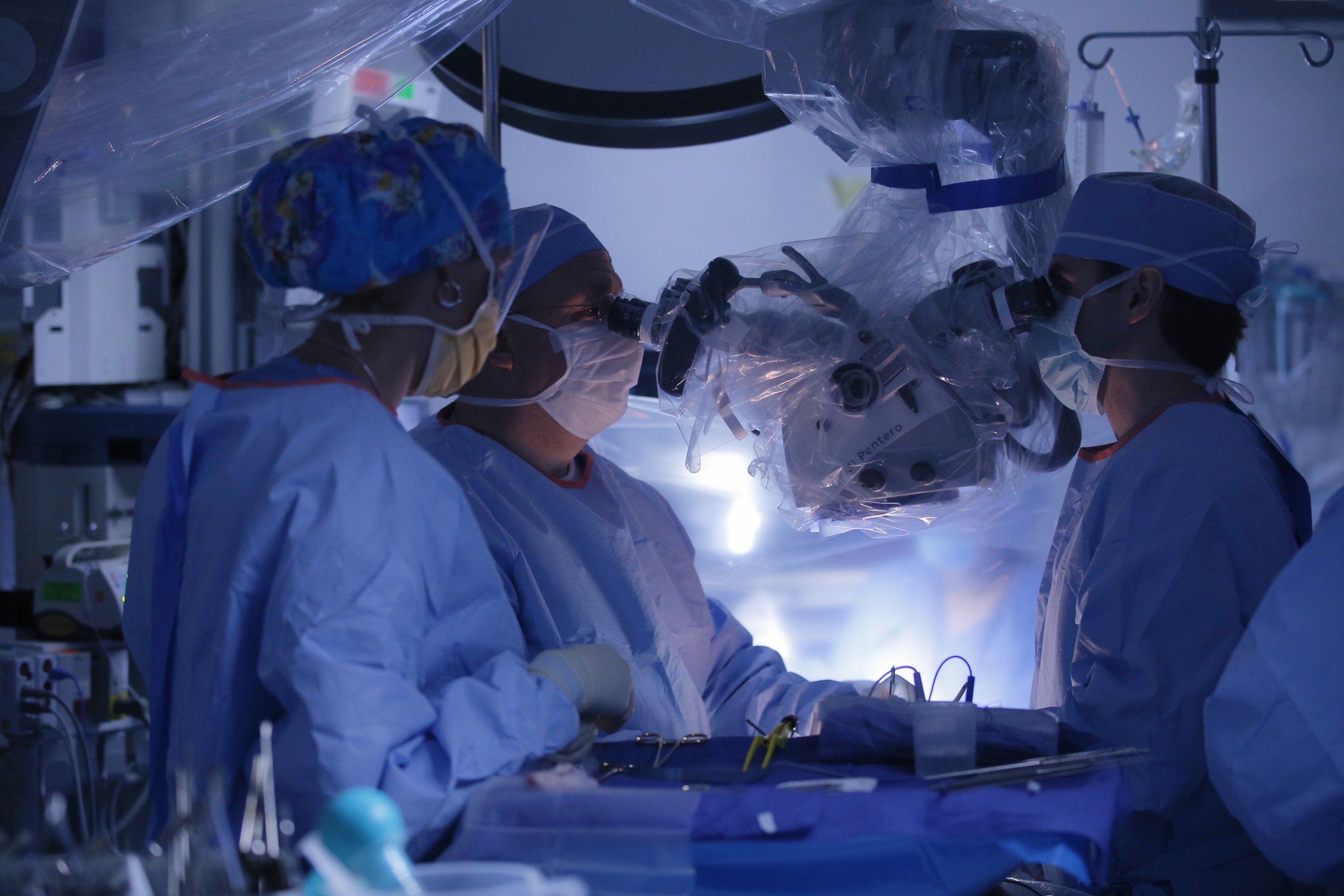
An Italian neuroscientist researching the possibility of human head transplants believes that the procedure could help people with gender dysmorphia.
Dr Sergio Canavero, of the Turin Advanced Neuromodulation Group, published a summary of the technique, known as 'Gemini' spinal cord fusion, in the Surgical Neurology International journal this month.
In an interview with Newsweek, Dr Canavero said that the procedure could have wide-ranging implications for those who feel trapped in their own bodies, a condition he says prompts many to commit suicide. "Why not give them a chance?" he says.
"There might be an ethical quagmire there. I'm not getting into it, I'll leave that to society."
Dr Canavero told New Scientist he believes that head transplants could be carried out safely within two years. He says that a Russian patient has already volunteered to undergo the surgery. He intends to cover the costs of the operation by crowdfunding through sales of his book, Head Transplantation and the Quest for Immortality.
Dr Canavero's proposed procedure involves the surgical transfer of a healthy head onto a decapitated donor body, both of which are preserved via deep cooling. The method depends on sharp severance of the two spinal cords and the use of substances including polyether compound, polyethylene glycol, to bind the severed neurones together. Electrical stimulation is used to encourage neurone regeneration. Patients would be kept in an induced coma for three to four weeks before undergoing intensive rehabilitation in the following months.
However, experts in neuroscience have questioned the feasibility of the procedure, while members of the transsexual community say that such a procedure should not even be necessary.
Paris Lees, a prominent UK journalist and transsexual activist, says: "This isn't going to be the answer to the transgender problem. The answer is making sure we identify people as soon as possible so we can help them as soon as possible so they can have the body they want."
She adds that identifying and assisting young trans people before they reach puberty should mean that such drastic surgery remains unnecessary.
Bruno Frenguelli is the current secretary of the British Neuroscience Association and a professor of neuroscience at the University of Warwick. Professor Frenguelli says that the difficulties of aligning the neurones and blood vessels from donor and recipient poses an insurmountable obstacle to head transplants, at least in the near future.
"The thing is that it's not just a tube, it's thousands if not millions of fibres and they might be arranged quite differently across individuals," he says.
The question of spinal cord fusion has been raised by others. Richard Borgens, director of the Center for Paralysis Research at Purdue University in West Lafayette, Indiana, told New Scientist: "There is no evidence that the connectivity of cord and brain would lead to useful sentient or motor function following head transplantation."
Professor Frenguelli says the surgery also raises ethical questions, such as whether a donor body would not better be used for organ donation to multiple recipients than an individual head.
"It would also be very expensive surgery, I can't imagine it being available on the NHS. It would be the preserve of rich individuals. Is that a good use of that sophistication of surgery? I'm not convinced at this stage and I just don't know how feasible it would be."
Arthur Caplan, head of medical ethics at New York University Langone Medical Center, wrote in Forbes that the concept of head transplantation is "both rotten scientifically and lousy ethically".
Dr Canavero remains optimistic about the potential of the method, which he thinks could also be used to treat victims of paralysis.
"If you are suffering an incurable, muscle wasting disorder, laid up day in day out, with no possibility of recovery and I can offer a new chance, what would you say?"
Dr Canavero will lay out his ideas at the American Academy of Neurological and Orthopaedic Surgeons conference in Maryland in June. He first proposed the idea of human head transplantation in 2013.
Head transplants have been attempted before with animals, most notably by Robert White in 1970. White and a team of researchers from Case Western Reserve University School of Medicine in Cleveland, Ohio, transplanted the head of one monkey onto another's body. The monkey survived for nine days but couldn't move its body, as the spinal cords had not been fused.
Uncommon Knowledge
Newsweek is committed to challenging conventional wisdom and finding connections in the search for common ground.
Newsweek is committed to challenging conventional wisdom and finding connections in the search for common ground.
About the writer
Conor is a staff writer for Newsweek covering Africa, with a focus on Nigeria, security and conflict.
To read how Newsweek uses AI as a newsroom tool, Click here.








